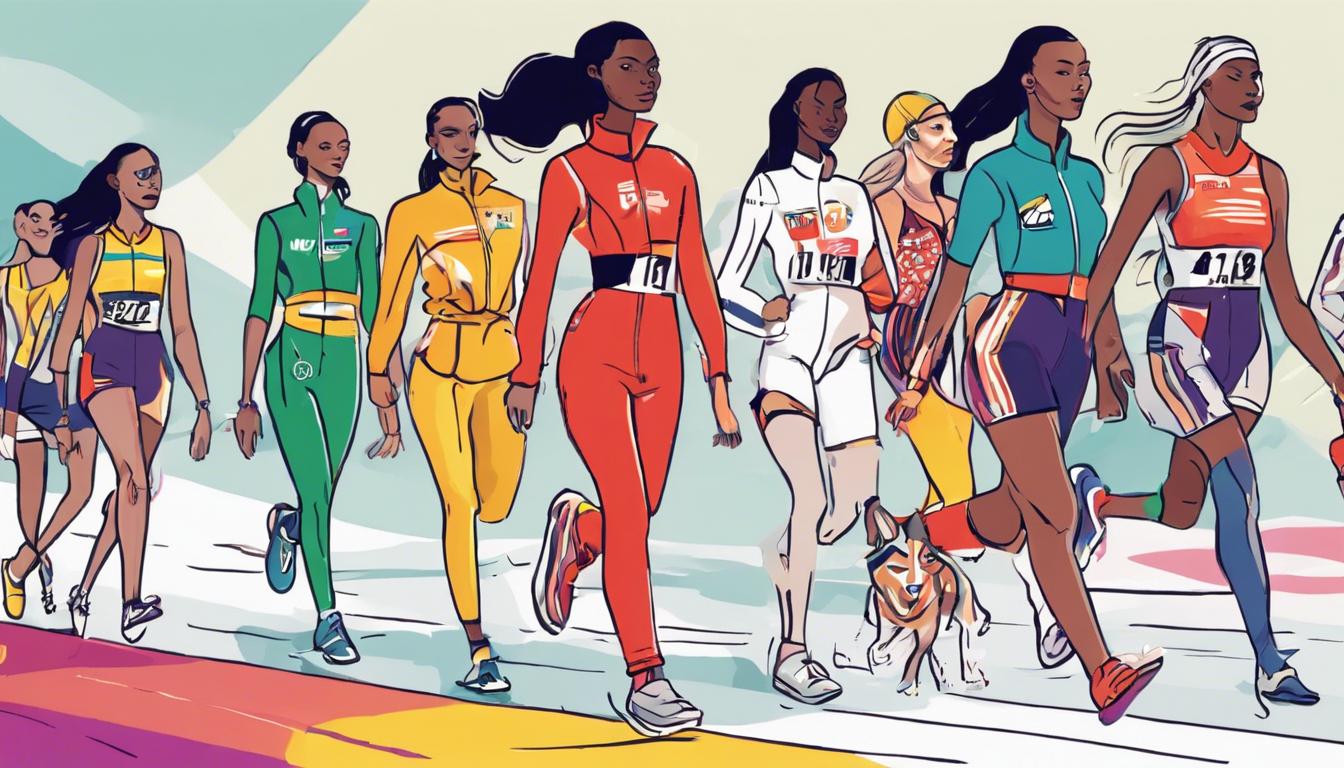Nike’s design of its track and field uniforms for female athletes at the upcoming Olympic Games has sparked controversy over issues of sexism and objectification.
Nike has come under scrutiny for the design of its track and field uniforms for female athletes, set to be worn at the upcoming Olympic Games. The controversy was sparked by the revealing nature of the women’s uniforms, which some athletes and commentators believe excessively exposes them compared to the more standard attire provided for male athletes. Criticism has broadly centered around issues of sexism and the potential objectification of female athletes.
Former professional athlete Lauren Fleshman was particularly vocal, arguing that the design sexualizes female athletes and perpetuates negative patriarchal norms. Many responded to Fleshman’s critique, with Tara Davis-Woodhall, a long jump athlete, and others expressing concerns over insufficient coverage. This has raised broader debates about gender equality and the implications for athlete comfort and performance.
However, there are differing viewpoints among the athletes themselves. Nike-sponsored pole vaulter Katie Moon and former athlete Dan O’Brien mentioned that the athletes had a variety of options to choose from, indicating that the designs offered multiple coverage options, including unitards with briefs and shorts. Nike emphasized this diversity of choice, stating that athletes could select the uniform style that best fits their comfort and performance needs.
The debate over these uniforms examines broader themes of gender representation in sports and the responsibilities of sportswear companies to provide inclusive and empowering attire. As the Olympic Games approach, this discussion underscores the ongoing challenges and dialogues surrounding female athletes and their representation in professional sports settings.













